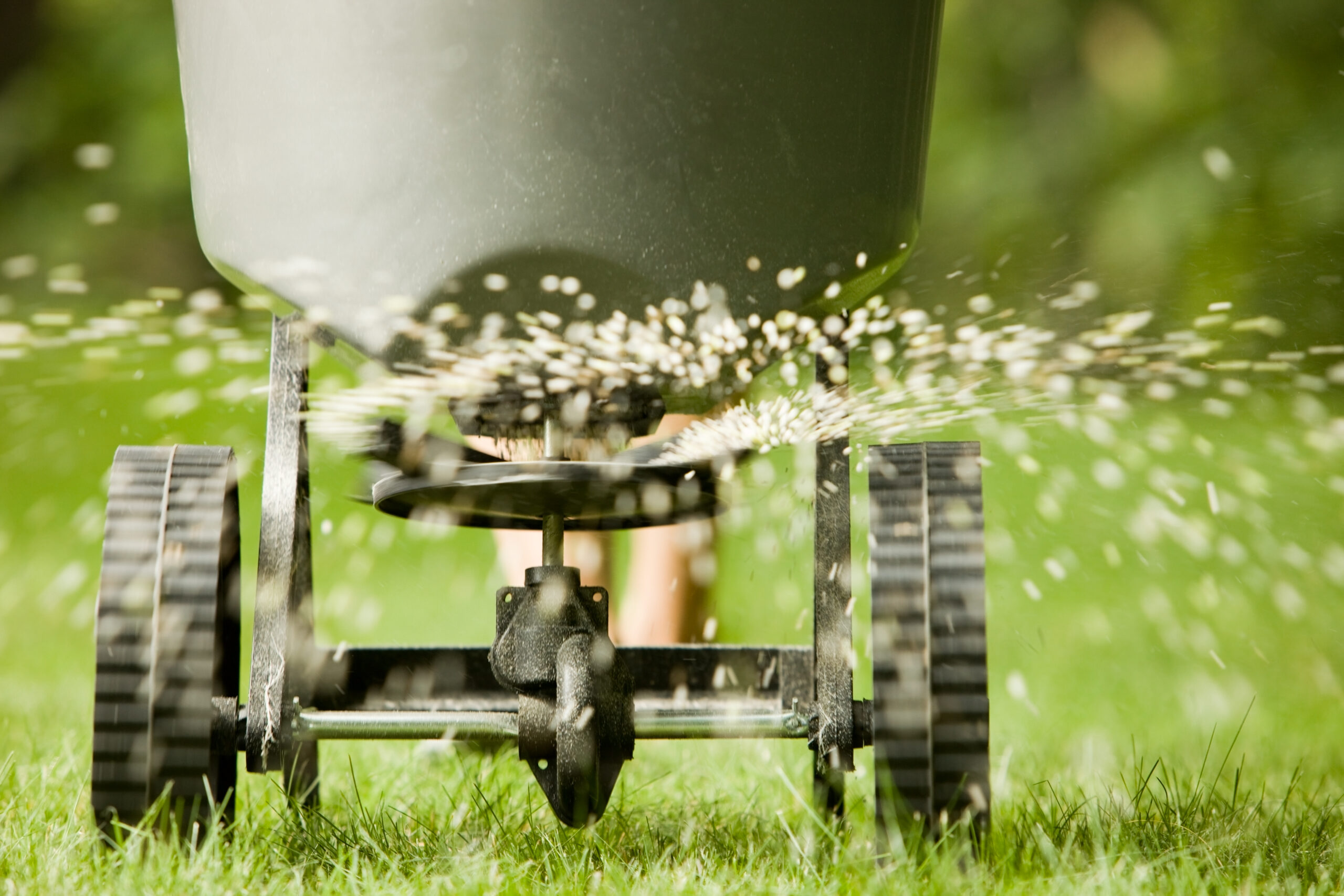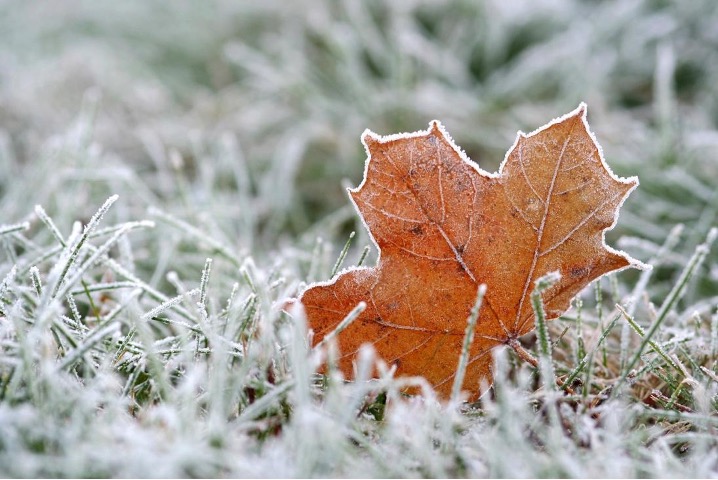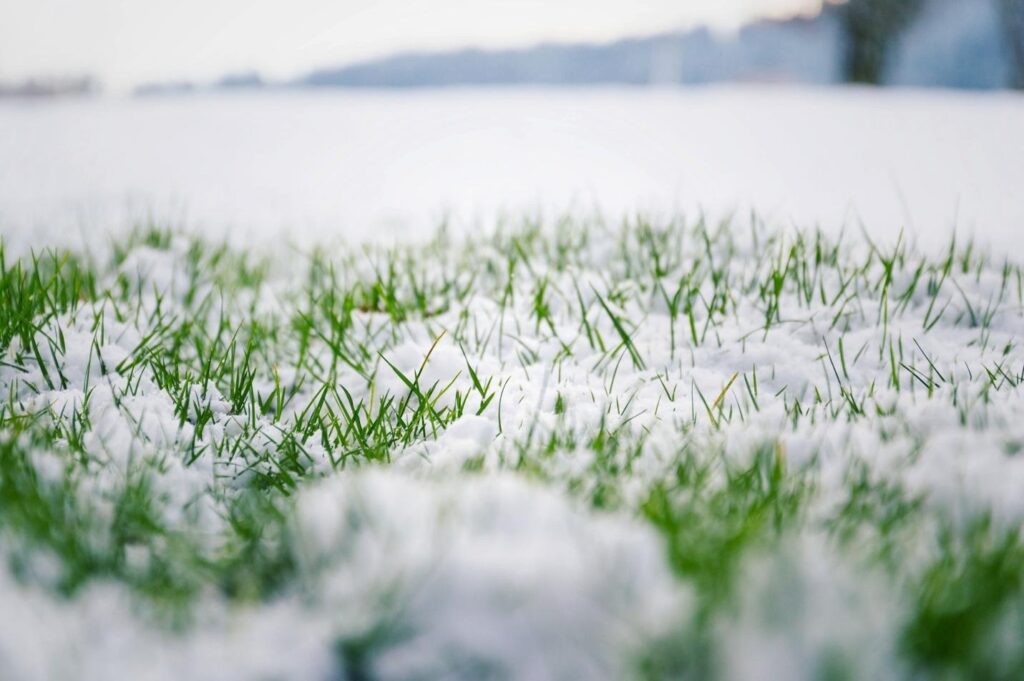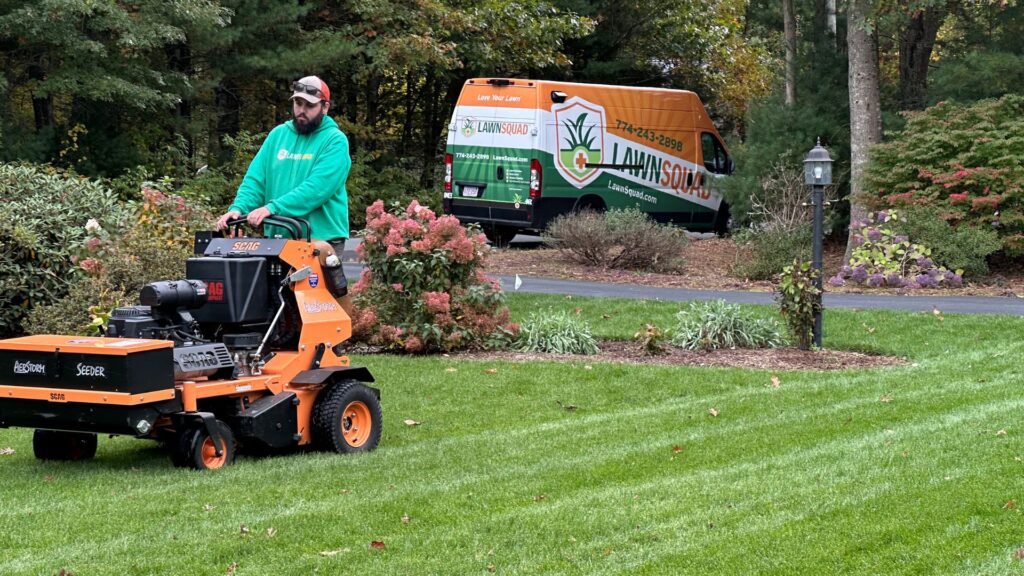As winter fades and spring moves in, your lawn starts waking up, but it needs a little help to get back to looking green and healthy. Feeding it with the right nutrients at the right time helps it grow strong while keeping weeds and disease from taking over. At Lawn Squad®, we understand the nuances of lawn care and are dedicated to assisting homeowners in achieving healthy, resilient lawns.
What Your Lawn Needs After Winter
After months of cold weather, your lawn wakes up tired. You might not see it right away, but under that layer of grass, your soil is working hard to recover. The grass blades that survived winter can look pale and thin. Some areas may look patchy, especially if ice sat there for weeks. The ground might feel compacted, almost like it’s packed down tight. That’s normal but also a sign your lawn needs help.
Fertilizer can be the boost that gets your grass growing again, but it’s not just about dumping some on and hoping for the best. Your lawn is like your body — it needs a balanced diet. Nitrogen helps it grow green and thick, phosphorus supports strong roots, and potassium helps it fight off stress from heat or disease later in the year. If any of those are off, your grass won’t grow as well as it could, no matter how much you water it.
You can’t see these nutrients by looking at your lawn. Sometimes, the grass seems fine, but the roots underneath are weak. That’s why professionals test the soil before applying fertilizer. They can tell what your lawn lacks and give it exactly what it needs. That way, your grass grows strong from the roots up instead of just looking good for a few weeks before thinning out again.
When Is the Right Time to Fertilize?
The timing of your first fertilizer treatment can make or break your lawn’s recovery after winter. You might feel eager to start as soon as the snow melts, but jumping in too early can slow things down. Grass needs to be awake and growing for fertilizer to work. If the ground is frozen or the grass is dormant, those nutrients just sit there — or worse, they wash away with the next rain.
You want to wait until your lawn starts showing signs of life. That usually means the soil temperature is warming, and you see little green shoots popping up. A good rule of thumb is to wait until soil temperatures consistently reach 55°F. This is the point where grass begins active growth and can properly absorb nutrients. If you walk on your lawn and it feels soft instead of frozen or crunchy, that’s a good sign it’s waking up. You don’t need to know the exact temperature, but if you’ve mowed once or twice, it’s usually the right time to feed your grass.
Slow-release fertilizers are a great choice in early spring. They provide a steady supply of nutrients over time, encouraging balanced growth without overwhelming your lawn or increasing the risk of nutrient runoff.
Putting fertilizer down at the right time helps the grass fill in quickly, choking out weeds before they can take over. It also gives your lawn the strength to handle the foot traffic that comes with warmer weather, whether that’s kids running around or you dragging out the lawn chairs for a weekend barbecue.
What Happens When Your Lawn Is Missing Nutrients?
When your grass doesn’t get the right nutrients, it lets you know, even if you don’t realize it at first. Maybe it looks a little yellow instead of that deep green you were hoping for. Or you notice that some spots grow fast while others stay thin and scraggly. Those are signs your lawn is missing something.
Nitrogen is what makes grass that bright green color. If you’re seeing pale or yellowish grass, it’s probably running low. Without enough nitrogen, your grass grows slower, and those thin spots don’t fill in.
Phosphorus works underground, helping roots grow deep and strong. If your grass seems weak and pulls up easily when you tug on it, it might be lacking phosphorus. Potassium is like a shield, helping your lawn fight off stress from heat, drought, or disease. When the grass starts wilting on a hot day, even though you watered it, there’s a chance it’s missing potassium.
A balanced fertilizer gives your lawn a little of everything it needs. It’s like giving your grass a multivitamin. It fills in the gaps and helps every part of your lawn grow evenly from top to bottom.
Why Aeration Makes a Big Difference
After a long winter, your soil can get packed down tight. That’s especially true if you had heavy snow sitting on it for weeks or if you parked anything on your grass like a snowblower. Compacted soil makes it hard for grass roots to spread out and for water to soak in. You might notice water pooling on your lawn after it rains, or you might see grass growing in some spots but not others.
Aeration is like giving your lawn room to breathe. Professionals use machines to pull up small plugs of soil, creating tiny holes across your lawn. Those holes let air, water, and nutrients reach the roots more easily. The surface might not look pretty immediately afterward, but those holes work wonders. After a few weeks, you’ll start to see thicker, healthier grass filling in. Aerating before you fertilize helps those nutrients get where they need to go. Instead of just sitting on top, the fertilizer can reach the roots faster, helping your lawn bounce back from winter more quickly.
Fixing Bare Spots With Overseeding
If your lawn looks patchy after winter, you’re not alone. Cold weather can kill off weaker grass, leaving behind thin spots that stand out like sore thumbs. Maybe it’s a bare patch where snow piled up or an area where your dog liked to run. Whatever the reason, those spots won’t fill in on their own.
Overseeding is the best way to get new grass growing in those thin areas. It’s pretty much what it sounds like: spreading new grass seed over your existing lawn. The new grass grows in between the old, filling in the gaps and making your lawn look fuller. It also helps crowd out weeds. When grass is thick, there’s less room for weeds to sneak in.
Combining overseeding with aeration works even better. The holes from aeration give the seeds a place to settle, helping them take root faster. You’ll still need to water the new grass regularly, but you’ll see those bare spots start to disappear as the new grass blends in with the old.
What to Expect After Fertilizing, Aerating, and Overseeding
Once you’ve fertilized, aerated, and overseeded, you might expect instant results, but lawns don’t work that way. It takes a little patience. The grass will start to look greener within a few weeks, but the real magic happens over time. The roots grow deeper, the blades get thicker, and your lawn becomes better at handling whatever the weather throws at it.
You might still see a few weeds pop up but don’t panic. Healthy grass can outcompete most weeds over time. Regular mowing and watering help your lawn stay strong while the fertilizer keeps feeding it the nutrients it needs. Taking care of your lawn isn’t just about having the greenest yard on the block, though that’s a nice bonus. It’s about creating a space where you can relax, let the kids play, and know your grass will stay healthy through every season. Starting with the right care after winter makes all the difference for the rest of the year.
Rely on Your Local Experts
Nurturing your lawn back to health after winter involves more than waiting for warmer days; it requires strategic care and attention. Proper fertilization provides the essential nutrients your grass needs to flourish, while aeration and overseeding address issues like soil compaction and thinning turf. Are you ready to transform your lawn into a lush, green oasis? Call us at Lawn Squad® today to learn more about our professional fertilization and lawn care services.






